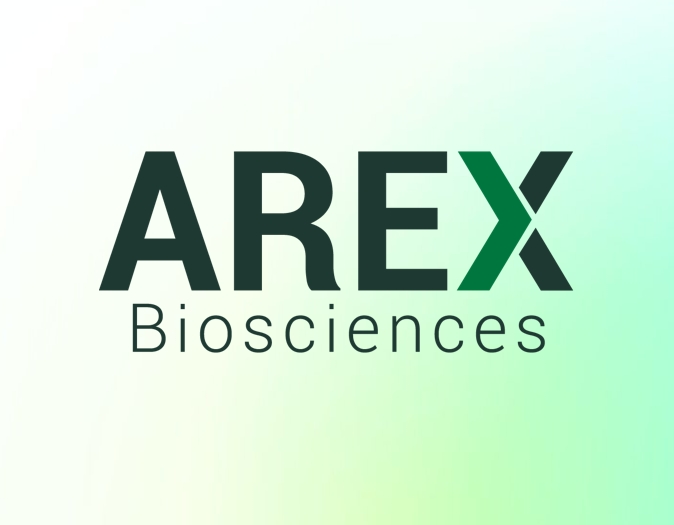Mouse CD314 / NKG2D recombinant protein (His-tagged)
CAT.NO. : ARG70500
US$ Please choose
US$ Please choose
Size:
Trail, Bulk size or Custom requests Please contact us
*产品价格可能会有所调整,请以品牌方官网实时更新的价格为准,以确保准确性。
概述
| 产品描述 | CHO expressed, His-tagged Mouse CD314 / NKG2D recombinant protein. |
|---|---|
| 应用 | SDS-PAGE |
| 靶点名称 | CD314 / NKG2D |
| 物种 | Mouse |
| A.A. 序列 | Phe90-Val232 |
| 表达系统 | CHO |
| Protein Full name | NKG2-D type II integral membrane protein |
| 別名 | KLRK1; Killer Cell Lectin Like Receptor K1; NKG2D; D12S2489E; NKG2-D; CD314; KLR; Killer Cell Lectin-Like Receptor Subfamily K, Member 1; NKG2-D Type II Integral Membrane Protein; NKG2-D-Activating NK Receptor ; NK Cell Receptor D; DNA Segment On Chromosome 12 (Unique) 2489 Expressed Sequence; Killer Cell Lectin-Like Receptor Subfamily K Member 1; CD314 Antigen |
属性
| 形式 | Powder |
|---|---|
| 纯化 | >95% (by SDS-PAGE) |
| 纯化说明 | Endotoxin level is less than 0.1 EU/µg of the protein, as determined by the LAL test. |
| 缓冲液 | PBS (pH 7.4) |
| 复溶 | It is recommended to reconstitute the lyophilized protein in sterile water to a concentration not less than 200 μg/mL and incubate the stock solution for at least 20 min at room temperature to make sure the protein is dissolved completely. |
| 存放说明 | For long term, lyophilized protein should be stored at -20°C or -80°C. After reconstitution, aliquot and store at -20°C or -80°C for up to one month. Storage in frost free freezers is not recommended. Avoid repeated freeze/thaw cycles. Suggest spin the vial prior to opening. |
| 注意事项 | For laboratory research only, not for drug, diagnostic or other use. |
生物信息
| 基因名称 | KLRK |
|---|---|
| 全名 | Killer Cell Lectin Like Receptor K1 |
| 背景介绍 | Natural killer (NK) cells are lymphocytes that can mediate lysis of certain tumor cells and virus-infected cells without previous activation. They can also regulate specific humoral and cell-mediated immunity. NK cells preferentially express several calcium-dependent (C-type) lectins, which have been implicated in the regulation of NK cell function. The NKG2 gene family is located within the NK complex, a region that contains several C-type lectin genes preferentially expressed in NK cells. This gene encodes a member of the NKG2 family. The encoded transmembrane protein is characterized by a type II membrane orientation (has an extracellular C terminus) and the presence of a C-type lectin domain. It binds to a diverse family of ligands that include MHC class I chain-related A and B proteins and UL-16 binding proteins, where ligand-receptor interactions can result in the activation of NK and T cells. The surface expression of these ligands is important for the recognition of stressed cells by the immune system, and thus this protein and its ligands are therapeutic targets for the treatment of immune diseases and cancers. Read-through transcription exists between this gene and the upstream KLRC4 (killer cell lectin-like receptor subfamily C, member 4) family member in the same cluster. [provided by RefSeq, Dec 2010] |
| 生物功能 | Functions as an activating and costimulatory receptor involved in immunosurveillance upon binding to various cellular stress-inducible ligands displayed at the surface of autologous tumor cells and virus-infected cells. Provides both stimulatory and costimulatory innate immune responses on activated killer (NK) cells, leading to cytotoxic activity. Acts as a costimulatory receptor for T-cell receptor (TCR) in CD8+ T-cell-mediated adaptive immune responses by amplifying T-cell activation. Stimulates perforin-mediated elimination of ligand-expressing tumor cells. Signaling involves calcium influx, culminating in the expression of TNF-alpha. Participates in NK cell-mediated bone marrow graft rejection. May play a regulatory role in differentiation and survival of NK cells. Binds to ligands belonging to various subfamilies of MHC class I-related glycoproteins including MICA, MICB, RAET1E, RAET1G, RAET1L/ULBP6, ULBP1, ULBP2, ULBP3 (ULBP2>ULBP1>ULBP3) and ULBP4. [Uniprot] |
 New Products
New Products




















